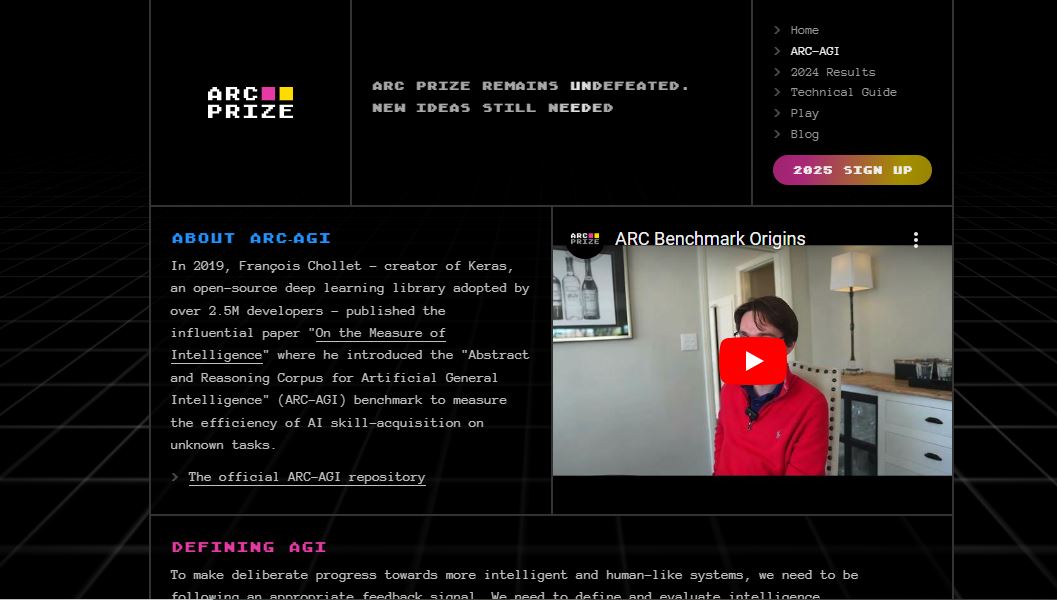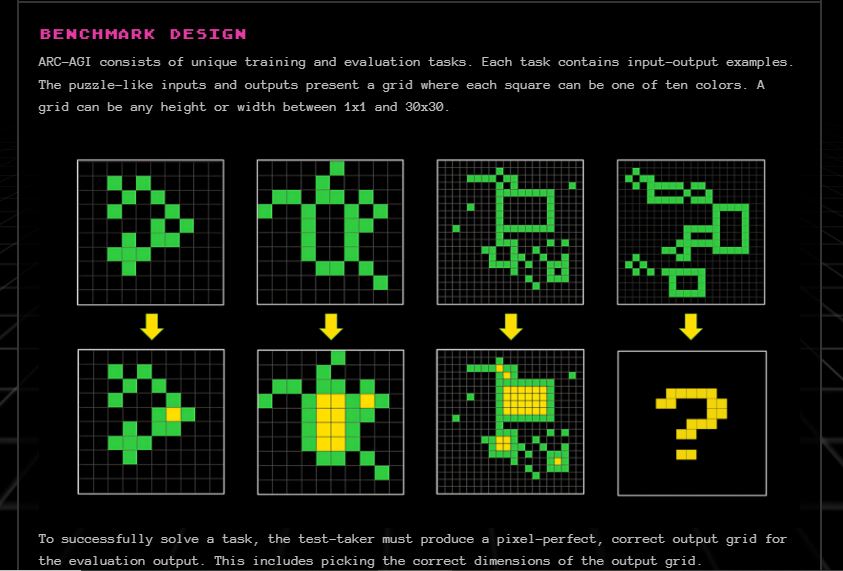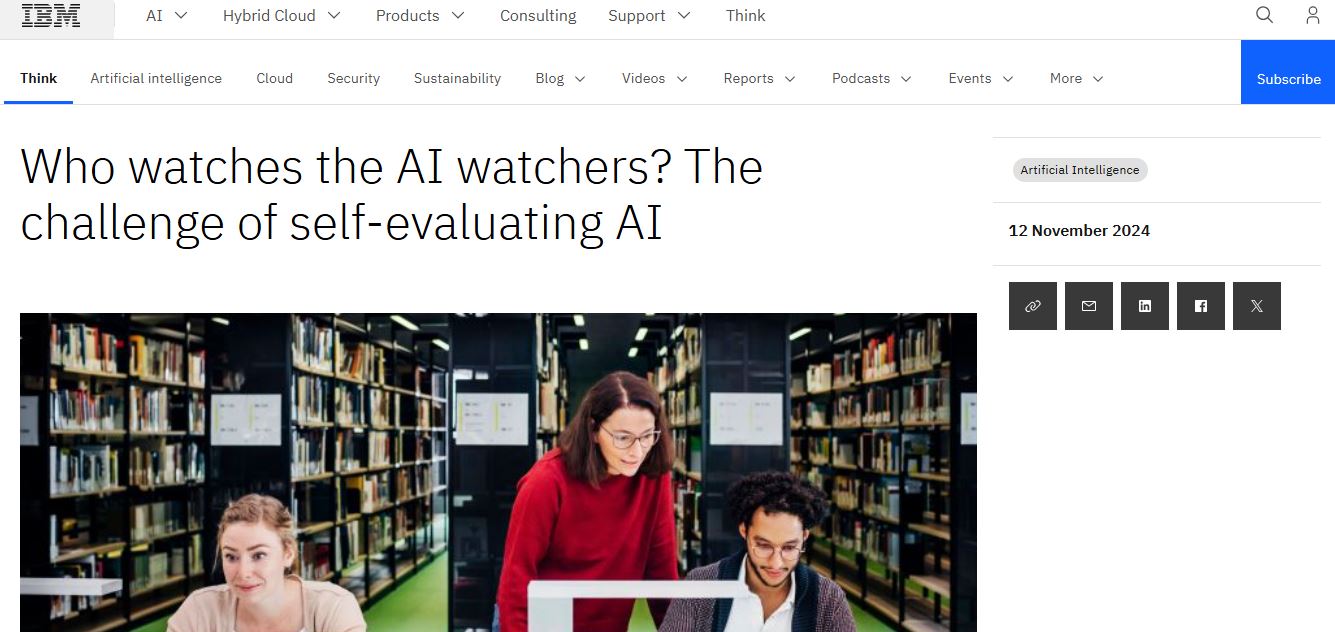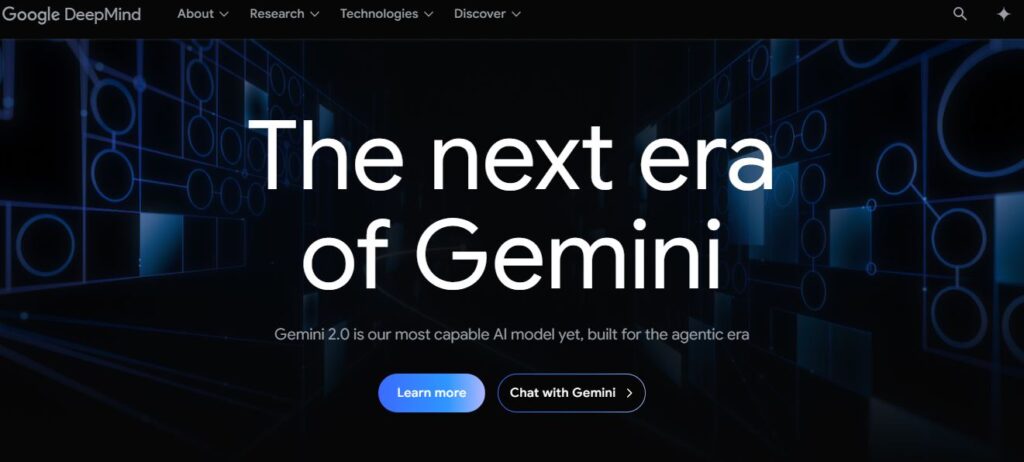Artificial General Intelligence seemed decades away. Yet here we are: OpenAI’s o3 system just scored 85% on the ARC-AGI test, matching human intelligence levels. This breakthrough leaves many wondering: Are we ready for AI that thinks like us?
The implications shake industries, challenge our understanding of intelligence, and raise urgent questions about our future. But there’s hope amid the uncertainty. Let’s explore what this milestone really means, why it matters for your future, and how you can stay ahead of this technological wave that’s reshaping our world.

What Makes This Achievement Special?
To understand why this matters, imagine teaching a child how to solve a puzzle. A child can usually figure out the pattern after seeing just a few examples. Traditional AI systems, in contrast, typically need thousands or even millions of examples to learn something new. This ability to learn from just a few examples is called “sample efficiency,” and it’s one of the key markers of general intelligence.

The ARC-AGI test specifically measures this ability through grid-based pattern recognition problems. Think of it like those pattern-completion questions you might remember from school IQ tests, but designed specifically to test AI systems’ ability to think flexibly and adapt to new situations.
How Does the Test Work?
The test presents the AI with visual puzzles using colored grid squares. Each puzzle shows three examples of how a pattern works, and the AI needs to figure out the underlying rule to solve a fourth, similar puzzle.

What makes this particularly challenging is that the AI can’t rely on memorization or seeing millions of similar examples – it has to truly understand the pattern from just those three examples.
The Technical Breakthrough
OpenAI’s o3 system appears to be doing something fundamentally different from previous AI models. While the exact details aren’t public yet, experts believe it works by:

- Generating multiple possible solutions or “chains of thought”
- Evaluating these solutions to find the simplest, most elegant answer
- Applying these solutions in a way that can generalize to new situations
This approach is somewhat similar to how Google’s AlphaGo mastered the game of Go, but applied to more general problem-solving situations.
What This Means for the Future
This development raises some important questions and implications:

- Economic Impact: If o3 proves to be as adaptable as early tests suggest, it could revolutionize how AI is used in business and industry. Current AI systems are limited to very specific, repetitive tasks. A more adaptable system could handle a much wider range of challenges.
- AI Development: This could represent a significant step toward Artificial General Intelligence (AGI), though we should remain cautious about making definitive claims until more testing is done.
- Governance and Safety: As AI systems become more capable of human-level reasoning, we need to think carefully about how to govern and regulate these technologies.
Important Caveats
While this is an exciting development, there are several important things to keep in mind:

- The full capabilities of o3 are still unknown, as testing has been limited to a small group of researchers and institutions
- We need more extensive testing to understand how consistently it performs and what its limitations are
- The system’s performance on this specific test doesn’t automatically mean it can match human intelligence across all domains
Looking Forward
Whether o3 turns out to be as revolutionary as early results suggest, this achievement marks an important milestone in AI development. It demonstrates that AI systems can potentially match human-level performance in tasks requiring flexible thinking and pattern recognition from limited examples.
This development doesn’t mean we’ve achieved full artificial general intelligence, but it suggests we’re making significant progress in creating AI systems that can think more like humans do. As we move forward, it will be crucial to carefully evaluate and understand these advances while considering their implications for society.
The coming months will be crucial as more researchers get access to o3 and can thoroughly test its capabilities. Until then, this achievement stands as a promising indicator of how AI systems are becoming increasingly sophisticated in their ability to learn and adapt from limited information – a key characteristic of human-like intelligence.
Tips for Understanding and Following AI Developments
As AI technology continues to advance rapidly, here are some practical tips to help you stay informed and understand these developments:
1. Understanding AI Benchmarks

- Look for multiple benchmarks: Don’t focus on just one test result. Different benchmarks measure different capabilities
- Check the context: Understand what specific ability each benchmark tests
- Compare with previous results: Look at how the scores have improved over time
- Consider real-world applications: Think about how benchmark performance might translate to practical uses
2. Evaluating AI News

- Check the source: Rely on reputable tech news sources and academic publications
- Look for peer review: Give more weight to results that have been independently verified
- Watch for hype: Be cautious of overly sensational claims about AI capabilities
- Follow expert discussions: Pay attention to what AI researchers and practitioners are saying on platforms like arXiv and technical blogs
3. Staying Up-to-Date

- Follow AI research labs: Subscribe to updates from major organizations like OpenAI, DeepMind, and leading universities
- Join AI communities: Participate in online forums and discussion groups focused on AI developments
- Read technical blogs: Follow blogs that break down complex AI concepts for non-experts
- Attend webinars: Many research organizations host public webinars explaining their latest work
4. Understanding Technical Terms
Create a personal glossary of key AI terms like:
- Sample efficiency: The ability to learn from a few examples
- General intelligence: The ability to solve novel problems across different domains
- Neural networks: The basic architecture behind most modern AI systems
- Fine-tuning: The process of adapting a general AI model for specific tasks
5. Practical Applications
When evaluating new AI developments:
- Consider potential use cases in your field
- Think about ethical implications
- Look for opportunities to learn or experiment with similar technologies
- Stay aware of how these developments might affect your industry
6. Critical Thinking Questions
When reading about AI breakthroughs, ask yourself:
- What are the limitations of this system?
- How was it tested?
- What real-world problems could this solve?
- What are the potential risks or challenges?
7. Future Preparation
To stay ahead of AI developments:
- Develop skills that complement AI capabilities
- Learn basic programming or data science concepts
- Stay informed about AI ethics and governance
- Consider how AI might affect your career path
Remember, understanding AI developments isn’t just about following the latest news – it’s about developing a framework for evaluating and contextualizing these advances. As AI systems like o3 continue to evolve, this understanding becomes increasingly valuable for professionals across all sectors.
Tired of 9-5 Grind? This Program Could Be Turning Point For Your Financial FREEDOM.

This AI side hustle is specially curated for part-time hustlers and full-time entrepreneurs – you literally need PINTEREST + Canva + ChatGPT to make an extra $5K to $10K monthly with 4-6 hours of weekly work. It’s the most powerful system that’s working right now. This program comes with 3-months of 1:1 Support so there is almost 0.034% chances of failure! START YOUR JOURNEY NOW!
